Τα βασικά μαθησιακά αποτελέσματα είναι:
1. Ικανότητα επεξήγησης του πώς οι οικονομικοί παράγοντες (ιδιώτες, νοικοκυριά, επιχειρήσεις, κυβερνήσεις, κεντρικές τράπεζες) λαμβάνουν αποφάσεις και κάνουν επιλογές μέσα από την
λειτουργία του χρηματοπιστωτικού συστήματος.
2. Ικανότητα επεξήγησης των βασικών λειτουργιών του χρήματος.
3. Ικανότητα αποτελεσματικής οργάνωσης, παρουσίασης και ανάλυσης δεδομένων που σχετίζονται με νομισματικά μεγέθη.
4. Ικανότητα κατανόησης εννοιών της νομισματικής θεωρίας με τη χρήση μαθηματικών μεθόδων, μοντελοποίησης συστημάτων με χρήση των μεθόδων αυτών, αποτελεσματικής ανάλυσης και
σύνθεσης δεδομένων με απώτερο στόχο την ανάπτυξη διάφορων τρόπων σκέψης και την ανάπτυξη στρατηγικών επίλυσης προβλήματος.
5. Ικανότητα αποτελεσματικής εφαρμογής οικονομικών λογικών και μεθόδων στη μελέτη των θεμάτων νομισματικής πολιτικής.
6. Ικανότητα στρατηγικής και κριτικής σκέψης για μια σειρά θεμάτων στη νομισματική πολιτική. Αυτή μπορεί να αποδειχθεί μέσα από την κατανόηση της ιστορίας του χρήματος, της δυναμικής και των περιορισμών των εναλλακτικών προσεγγίσεων ενός μακροοικονομικού μοντέλου ή μέσα από την ανάλυση των μηχανισμών μετάδοσης της νομισματικής πολιτικής.
Καθηγητές
Επιλέξτε για να δείτε περισσότερες πληροφορίες για κάθε καθηγητή.
| Όνομα | Τίτλος | |
|---|---|---|
| Σπυρομήτρος Ελευθέριος | Καθηγητής | espyromi@econ.duth.gr |


